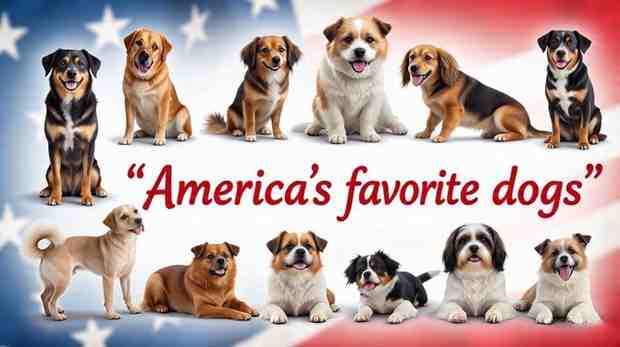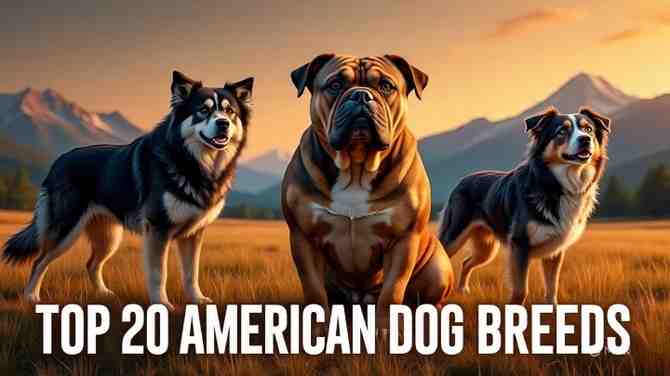
American Dog Breeds represent a diverse and storied legacy of canine companions developed right here in the United States. From hardworking farm helpers and tenacious hunting partners to beloved family pets, these 20 iconic dogs from the USA showcase the nation’s rich history, regional landscapes, and cultural spirit—each bred with purpose, resilience, and unmistakable character.
Table of Contents
Introduction
The United States has given the world everything from jazz to the internet, and its contributions to the canine world are just as notable. These homegrown breeds were developed for specific American landscapes and purposes, from hunting in the Southern swamps to herding on Western plains. As a vet, understanding this unique origin story is key to providing them with the best care.
1. Alaskan Malamute

When you think of iconic American dog breeds built for power and endurance, the noble Alaskan Malamute stands out as a living legend of the Last Frontier.
| Point | Summary |
|---|---|
| Origin & History | One of the oldest Arctic sled dogs, developed by the Malemiut Inupiat people of Alaska for heavy freighting. |
| Common Coat Colors | Shades of gray, sable, black, or red, always with white undersides and markings. |
| Life Span | 10-14 years. |
| Common Health Issues | Hip Dysplasia, Chondrodysplasia (dwarfism), Inherited Polyneuropathy. |
| Special Feature | Powerful and built for endurance, not speed. They are more pack-oriented than other Northern breeds. |
| Approximate Cost | $1,500 – $3,000 |
| Grooming Needs | Very High; intense daily brushing during seasonal shedding. |
| Vet’s View | Prone to heatstroke. Thrives in cold climates only. Strong prey drive; not for homes with small pets. |
2. American Bulldog
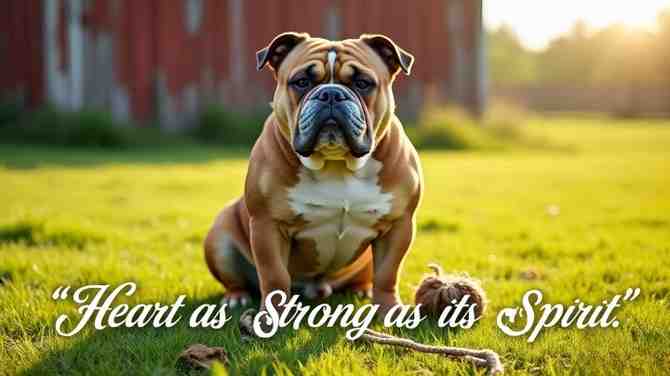
Embodiment of strength and heart, the American Bulldog is a versatile working breed that proudly carries its title as a truly all-American dog breed.
| Point | Summary |
|---|---|
| Origin & History | Descended from working bulldogs brought to the American South for farm work, hunting, and guarding. |
| Common Coat Colors | White with patches of brindle, red, fawn, or brown. |
| Life Span | 10-15 years. |
| Common Health Issues | Hip & Elbow Dysplasia, Skin Allergies, Ichthyosis (skin disorder), Neuronal Ceroid Lipofuscinosis (NCL). |
| Special Feature | An athletic, powerful all-purpose working dog, not to be confused with the brachycephalic English Bulldog. |
| Approximate Cost | $1,200 – $2,500 |
| Grooming Needs | Low; weekly brushing. Wrinkles on the face may need cleaning. |
| Vet’s View | Requires confident ownership and early socialization. Prone to joint issues; manage weight and exercise |
3. American English Coonhound
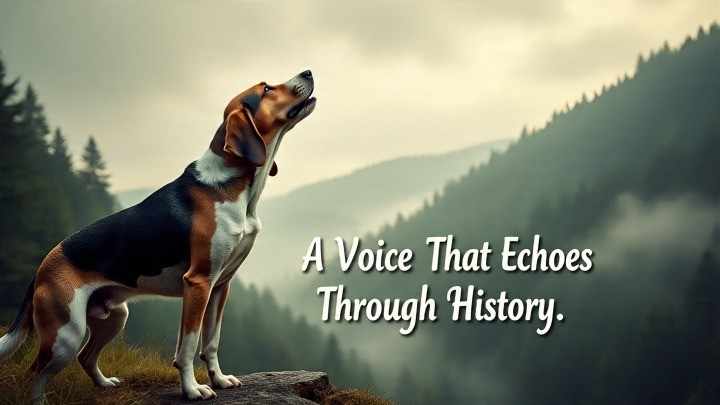
With a voice that echoes through the Appalachian hills, the American English Coonhound is a classic American dog breed born for the hunt and companionship.
| Point | Summary |
|---|---|
| Origin & History | Developed from English Foxhounds to trail and tree raccoons in the Appalachian region. |
| Common Coat Colors | Red and White Ticked, Blue and White Ticked, Tri-color with ticking. |
| Life Span | 11-12 years. |
| Common Health Issues | Hip Dysplasia, Ear Infections, Cataracts. |
| Special Feature | Known for their loud, melodious “bawl” mouth when on the trail. |
| Approximate Cost | $600 – $1,200 |
| Grooming Needs | Low; occasional brushing. Check ears frequently. |
| Vet’s View | A scent-driven escape artist. Requires a very secure fence. High energy needs; a bored Coonhound is destructive. |
4. American Foxhound
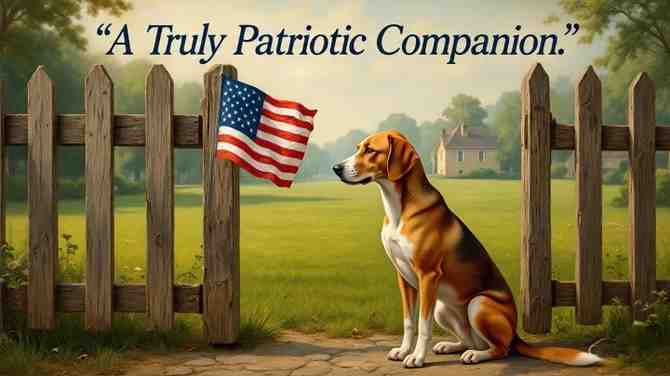
Steeped in history dating back to the founding fathers, the American Foxhound is a patriotic symbol and one of the oldest American dog breeds.
| Point | Summary |
|---|---|
| Origin & History | Developed from English and French hounds by George Washington and other early Americans for fox hunting. |
| Common Coat Colors | Any color, though the classic pattern is white, black, and tan. |
| Life Span | 11-13 years. |
| Common Health Issues | Thrombopathia (platelet disorder), Ear Infections, Hip Dysplasia. |
| Special Feature | The state dog of Virginia. Known for its musical bay that can carry for miles. |
| Approximate Cost | $800 – $1,500 |
| Grooming Needs | Low; weekly brushing. |
| Vet’s View | Extremely independent and rarely off-leash reliable. Not a typical apartment or city dog. |
5. American Hairless Terrier

Breaking the mold of typical terriers, the uniquely charming American Hairless Terrier is a among modern American dog breeds known for its playful spirit and hypoallergenic coat.
| Point | Summary |
|---|---|
| Origin & History | A spontaneous hairless mutation born in a Rat Terrier litter in Louisiana in 1972. |
| Common Coat Colors | Skin color can be pink with black, gold, or red spots. Coated variety comes in many colors. |
| Life Span | 14-16 years. |
| Common Health Issues | Sunburn, Skin Irritations, Luxating Patellas, Allergies. |
| Special Feature | A truly hairless breed (unlike the Xolo or Chinese Crested), making them a good option for some allergy sufferers. |
| Approximate Cost | $1,500 – $2,500 |
| Grooming Needs | Very Low (Hairless); requires sunblock and moisturizing. Coated variety needs weekly brushing. |
| Vet’s View | Protect from sun and cold. Prone to skin abrasions and acne. Generally a healthy, long-lived breed. |
6. American Leopard Hound
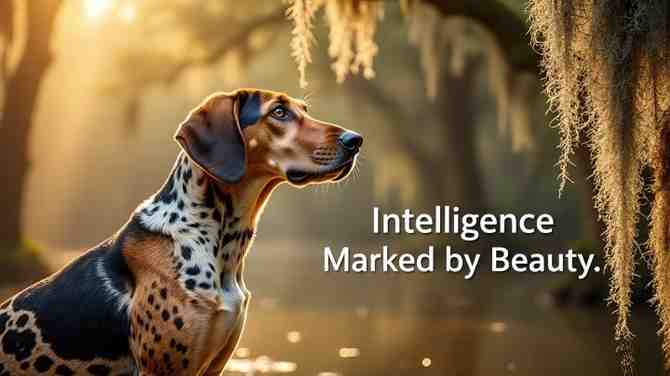
A hidden gem of the South, the American Leopard Hound is a versatile and historic American dog breed prized for its intelligence and striking spotted coat.
| Point | Summary |
|---|---|
| Origin & History | One of the oldest tree dog breeds in the U.S., developed in the Southeast for hunting a variety of game. |
| Common Coat Colors | Leopard spotted, solid colors, or brindle with optional white markings. |
| Life Span | 12-15 years. |
| Common Health Issues | Generally a very healthy breed with no major common issues. |
| Special Feature | A versatile “all-purpose” hunting dog known for its intelligence and strong treeing instinct. |
| Approximate Cost | $400 – $800 |
| Grooming Needs | Low; occasional brushing. |
| Vet’s View | A working hound at heart. Requires a tremendous amount of daily exercise and mental stimulation. |
7. American Rat Terrier
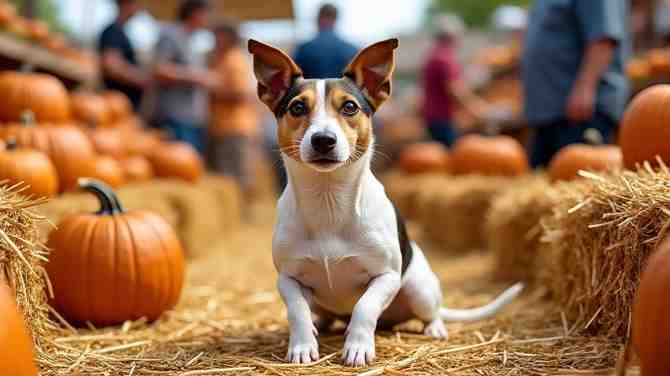
Bred on American farms for unmatched pest-control skills, the energetic and clever American Rat Terrier is a quintessential American dog breed.
| Point | Summary |
|---|---|
| Origin & History | Developed from Fox Terriers, Beagles, and Whippets by American farmers for versatile pest control. |
| Common Coat Colors | Tri-color, Bi-color (white with black, chocolate, tan, lemon, or blue). |
| Life Span | 15-18 years. |
| Common Health Issues | Patellar Luxation, Cardiac issues, Allergies. |
| Special Feature | Incredibly versatile, ranging in size from 10 to 25 pounds, and excelling in many dog sports. |
| Approximate Cost | $800 – $1,500 |
| Grooming Needs | Low; weekly brushing. |
| Vet’s View | Prone to obesity if under-exercised. High-energy and intelligent; needs a job to do. |
8. American Staffordshire Terrier
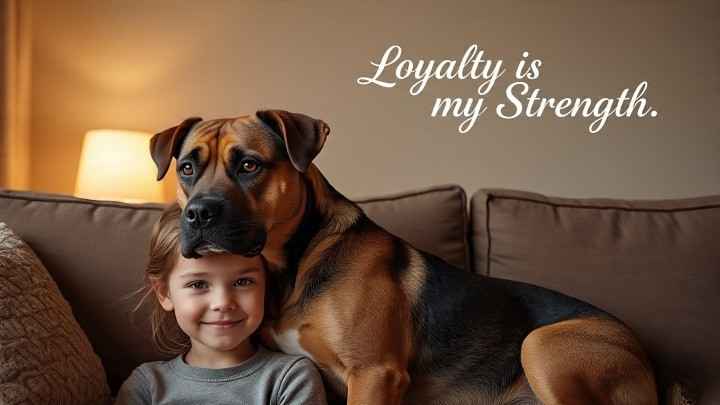
Combining strength with a surprising love for people, the American Staffordshire Terrier is a powerful American dog breed that thrives on dedicated companionship.
| Point | Summary |
|---|---|
| Origin & History | Developed in 19th-century America from Bulldog and Terrier stock for farm work and companionship. |
| Common Coat Colors | Any color, though all-white, more than 80% white, or liver/black & tan are not preferred. |
| Life Span | 12-16 years. |
| Common Health Issues | Hip Dysplasia, Skin Allergies, Heart Disease, Cerebellar Ataxia. |
| Special Feature | Strong, muscular, and courageous, but historically bred to be trustworthy with people. |
| Approximate Cost | $1,200 – $2,500 |
| Grooming Needs | Low; weekly brushing. |
| Vet’s View | Early socialization and training are non-negotiable. Prone to same-sex dog aggression. |
9. Australian Shepherd
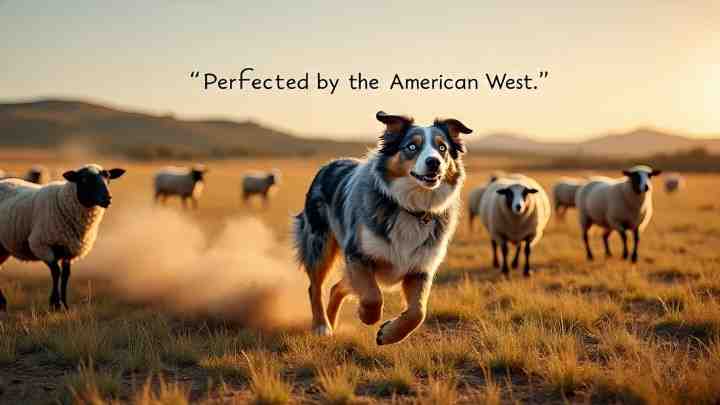
Don’t let the name fool you—the intelligent and energetic Australian Shepherd was perfected right here in the U.S., making it a beloved American dog breed through and through.
| Point | Summary |
|---|---|
| Origin & History | Developed exclusively on U.S. ranches in the 19th and 20th centuries; the name is a misnomer. |
| Common Coat Colors | Blue Merle, Red Merle, Black, Red (all with/without white/tan markings). |
| Life Span | 13-15 years. |
| Common Health Issues | Hip Dysplasia, Epilepsy, Collie Eye Anomaly, MDR1 Drug Sensitivity. |
| Special Feature | A quintessential American cowboy’s herding dog, prized for its intelligence and agility. |
| Approximate Cost | $800 – $2,500 |
| Grooming Needs | Moderate; weekly brushing to prevent mats. |
| Vet’s View | Test for MDR1 gene mutation. Prone to boredom; must have a job (agility, herding, etc.). |
10. Boston Terrier
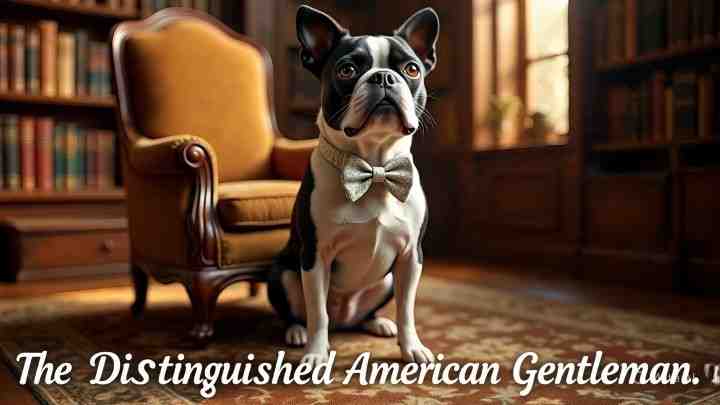
Dapper, friendly, and full of character, the Boston Terrier holds the distinguished honor of being the first American dog breed recognized by the AKC.
| Point | Summary |
|---|---|
| Origin & History | The first US breed recognized by the AKC (1893), developed in Boston from Bulldog and Terrier crosses. |
| Common Coat Colors | Black & White, Brindle & White, Seal & White. |
| Life Span | 11-13 years. |
| Common Health Issues | Brachycephalic Syndrome, Eye Problems (Cataracts), Patellar Luxation. |
| Special Feature | Nicknamed the “American Gentleman” due to their tuxedo-like markings. |
| Approximate Cost | $1,200 – $2,500 |
| Grooming Needs | Low; weekly brushing. Wipe facial wrinkles weekly. |
| Vet’s View | Generally healthier than other brachy breeds. Still prone to overheating; monitor breathing. |
11. Boykin Spaniel
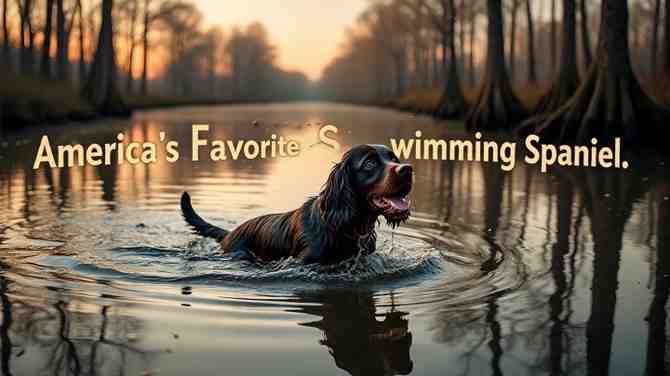
South Carolina’s state dog, the enthusiastic Boykin Spaniel, is a uniquely American dog breed famously known as the dog that wouldn’t scare a duck.
| Point | Summary |
|---|---|
| Origin & History | Developed in South Carolina in the early 1900s as the ideal dog for hunting and retrieving from small boats. |
| Common Coat Colors | Solid liver, brown, or dark chocolate. |
| Life Span | 14-16 years. |
| Common Health Issues | Hip Dysplasia, Exercise-Induced Collapse (EIC), Cataracts, Patellar Luxation. |
| Special Feature | The official state dog of South Carolina. An enthusiastic, medium-sized retriever. |
| Approximate Cost | $1,000 – $1,800 |
| Grooming Needs | Moderate; weekly brushing and regular trimming. Feathering can mat. |
| Vet’s View | Test for EIC. A high-energy sporting dog that needs plenty of exercise and mental challenges. |
12. Chesapeake Bay Retriever
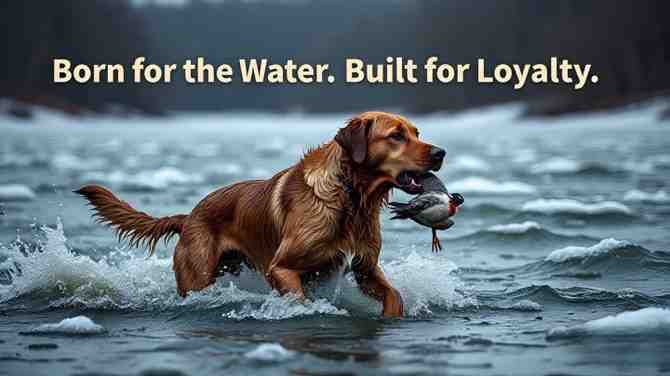
Tough, loyal, and built for icy waters, the Chesapeake Bay Retriever is a rugged American dog breed with a heart of gold and a legendary work ethic.
| Point | Summary |
|---|---|
| Origin & History | Developed in the Chesapeake Bay area in the 1800s to retrieve waterfowl in icy, rough conditions. |
| Common Coat Colors | Shades of brown, sedge, or deadgrass. |
| Life Span | 10-13 years. |
| Common Health Issues | Hip & Elbow Dysplasia, Progressive Retinal Atrophy (PRA), Gastric Torsion (Bloat). |
| Special Feature | Has a unique, oily, wavy double coat that provides excellent insulation and water resistance. |
| Approximate Cost | $1,200 – $2,500 |
| Grooming Needs | Moderate; weekly brushing. The oily coat can have a slight odor. |
| Vet’s View | Can be strong-willed and reserved with strangers. Not always a good first-time owner dog. |
13. Chinook
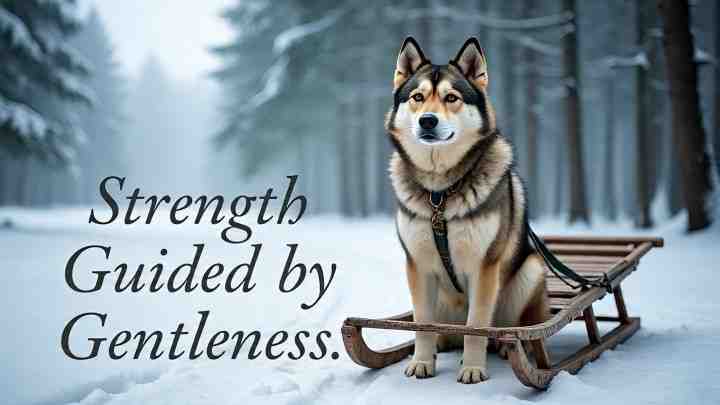
Developed for adventure in the New Hampshire snow, the gentle and strong Chinook is a rare American dog breed created to be the ultimate sled dog and family friend.
| Point | Summary |
|---|---|
| Origin & History | Developed in New Hampshire in the early 1900s as a dual-purpose sled dog and farm dog. |
| Common Coat Colors | Tawny (ranging from pale honey to deep red-gold). |
| Life Span | 12-15 years. |
| Common Health Issues | Hip Dysplasia, Epilepsy, Cataracts. |
| Special Feature | The state dog of New Hampshire. A rare breed, known for its friendly and gentle nature. |
| Approximate Cost | $1,500 – $2,500 |
| Grooming Needs | Moderate; weekly brushing, daily during shedding season. |
| Vet’s View | A versatile, people-oriented working dog. Needs a family that includes it in activities. |
14. Miniature American Shepherd

Packing the intelligence of a larger herder into a compact size, the Miniature American Shepherd is a versatile and modern American dog breed.
| Point | Summary |
|---|---|
| Origin & History | Developed in California in the late 1960s by breeding small Australian Shepherds for equestrian companions. |
| Common Coat Colors | Blue Merle, Red Merle, Black, Red (all with/without white/tan markings). |
| Life Span | 12-15 years. |
| Common Health Issues | MDR1 Drug Sensitivity, Hip Dysplasia, Progressive Retinal Atrophy (PRA). |
| Special Feature | Essentially a smaller version of the Australian Shepherd with the same herding drive and intelligence. |
| Approximate Cost | $1,200 – $2,500 |
| Grooming Needs | Moderate; weekly brushing to prevent mats. |
| Vet’s View | Test for MDR1. A high-energy herder in a small package; not a sedentary lapdog. |
15. Mountain Cur
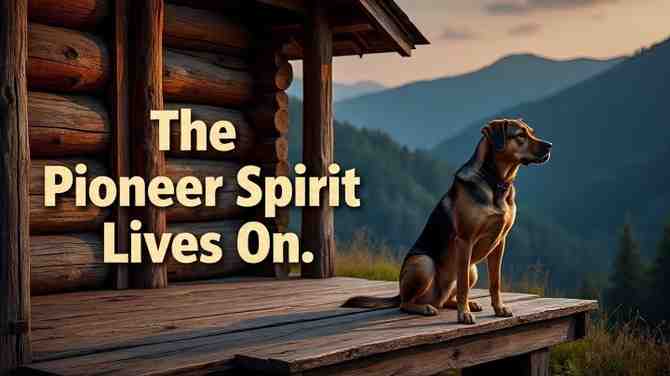
The original pioneer’s companion, the tough and fearless Mountain Cur is a fundamental American dog breed that helped build a nation.
| Point | Summary |
|---|---|
| Origin & History | Developed by early settlers in the Appalachian, Ozark, and Ouachita Mountains for versatile hunting and farm work. |
| Common Coat Colors | Brindle, Black, Dark Brown, Yellow, Black & Brindle. |
| Life Span | 14-16 years. |
| Common Health Issues | Generally a very healthy and hardy breed with few genetic issues. |
| Special Feature | A true pioneer’s dog, used for treeing game, hunting small and large game, and guarding the homestead. |
| Approximate Cost | $400 – $800 |
| Grooming Needs | Low; occasional brushing. |
| Vet’s View | Extremely high prey drive. Not trustworthy with non-canine pets. Requires a job and lots of exercise. |
16. Native American Indian Dog

With a name that honors its roots, the Native American Indian Dog is a majestic American dog breed aimed at recreating the versatile historical companions of tribal life.
| Point | Summary |
|---|---|
| Origin & History | A modern attempt to recreate the all-purpose working dogs that accompanied Native American tribes. |
| Common Coat Colors | Solid Black, Silver, Gray, Brown, or Gold, often with white markings. |
| Life Span | 14-19 years. |
| Common Health Issues | Generally very healthy due to diverse genetic foundation. |
| Special Feature | Bred for intelligence, versatility, and a strong bond with humans, not for a specific look. |
| Approximate Cost | $1,500 – $2,000 |
| Grooming Needs | Moderate; weekly brushing, more during seasonal sheds. |
| Vet’s View | A primitive breed; can be independent and require experienced handling. Thrives on having a purpose. |
17. Plott Hound
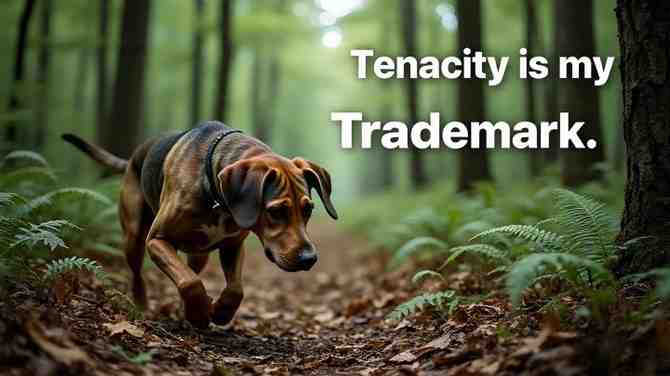
North Carolina’s state dog and a tenacious hunter, the bold Plott Hound stands out in the coonhound group as a truly unique American dog breed.
| Point | Summary |
|---|---|
| Origin & History | Brought to North Carolina from Germany in 1750 by the Plott family and developed to hunt bear and boar. |
| Common Coat Colors | Any shade of brindle (striped). |
| Life Span | 12-14 years. |
| Common Health Issues | Generally very healthy. Can be prone to ear infections. |
| Special Feature | The state dog of North Carolina. The only major coonhound breed not descended from English Foxhounds. |
| Approximate Cost | $600 – $1,200 |
| Grooming Needs | Low; weekly brushing. Check ears regularly. |
| Vet’s View | A determined, relentless hunting dog with a strong prey drive. Requires a secure, reinforced fence. |
18. Rat Terrier
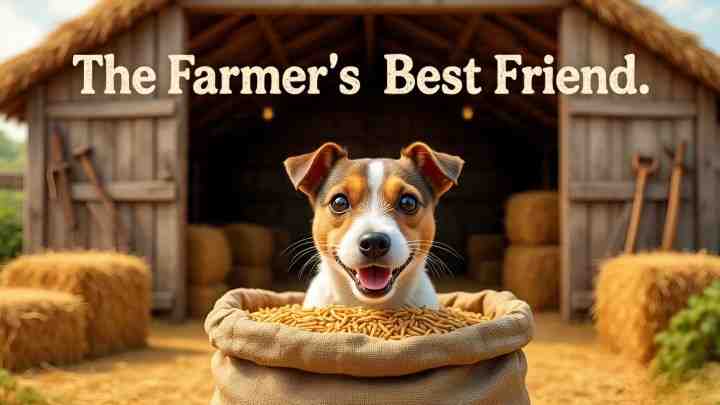
Favored by farmers and even a U.S. president, the lively and alert Rat Terrier is an enduring American dog breed known for its speed and intelligence.
| Point | Summary |
|---|---|
| Origin & History | Developed by American farmers in the 1920s-30s from Feists, Smooth Fox Terriers, and other breeds for pest control. |
| Common Coat Colors | Tri-color, Bi-color, Sable, White. |
| Life Span | 15-18 years. |
| Common Health Issues | Patellar Luxation, Cardiac issues, Allergies. |
| Special Feature | President Theodore Roosevelt popularized the name after his own terrier expertly cleared the White House of rats. |
| Approximate Cost | $800 – $1,500 |
| Grooming Needs | Low; weekly brushing. |
| Vet’s View | Prone to obesity if under-exercised. High-energy and intelligent; needs a job to do. |
19. Redbone Coonhound
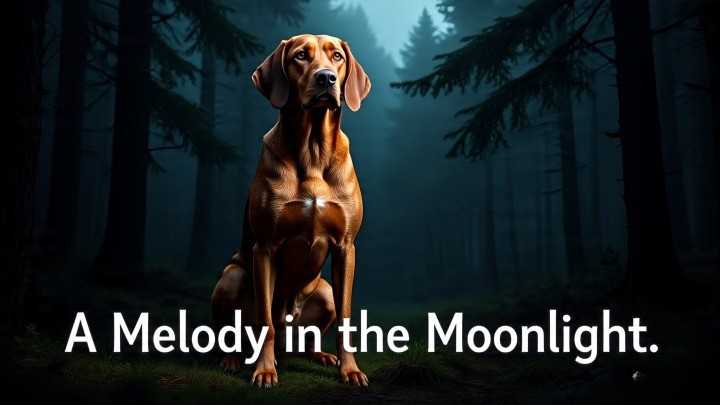
With its stunning solid red coat and soulful voice, the Redbone Coonhound is a handsome and melodious American dog breed bred for the trail.
| Point | Summary |
|---|---|
| Origin & History | Developed in the American South in the late 18th century from Foxhounds and Bloodhounds for trailing raccoons. |
| Common Coat Colors | Solid red, though a small amount of white on chest and feet is allowed. |
| Life Span | 12-14 years. |
| Common Health Issues | Hip Dysplasia, Ear Infections. |
| Special Feature | Known for their striking solid red coat and their melodious, trailing bawl. |
| Approximate Cost | $500 – $1,000 |
| Grooming Needs | Low; weekly brushing. Check ears weekly. |
| Vet’s View | A classic scent hound. Will follow their nose and ignore commands. Not off-leash safe outside a secure area. |
20. Toy Fox Terrier
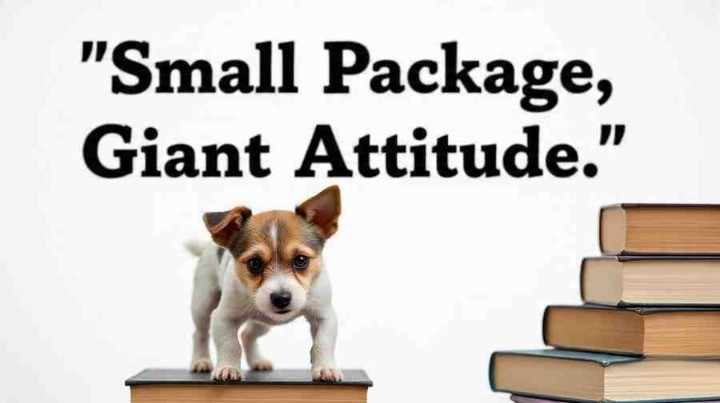
Small in size but enormous in personality, the Toy Fox Terrier is a spirited American dog breed that combines the fearlessness of a terrier with the charm of a toy.
| Point | Summary |
|---|---|
| Origin & History | Bred down in the U.S. from larger Smooth Fox Terriers and toy breeds to create a small, agile companion and ratter. |
| Common Coat Colors | Tricolor (white, black, tan), White & Chocolate, White & Tan. |
| Life Span | 13-15 years. |
| Common Health Issues | Patellar Luxation, Cardiac issues, Hypothyroidism. |
| Special Feature | Despite their tiny size, they retain the fearless, energetic personality of their larger terrier ancestors. |
| Approximate Cost | $1,000 – $2,000 |
| Grooming Needs | Very Low; occasional brushing with a soft bristle brush. |
| Vet’s View | Fragile; can be injured by rough play with children or larger dogs. Prone to dental disease; brush teeth. |
Conclusion
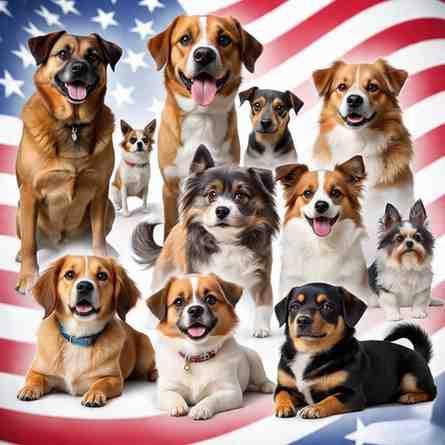
American dog breeds are more than pets; they are living, breathing representations of American history and culture. From the rugged Alaskan Malamute of the frozen North to the courageous, solid American Leopard Hound of the Southern swamps, the twenty breeds featured in this article reflect the diversity, resilience, and attitude of an entire nation.
Each breed has a place in the fabric of American life based on its function as a working companion, hunting dog, or family pet. In turn, we honor that history when we understand the breed’s history, provide for the breed’s needs, and recognize the breed’s unique personality. When we do that, we help ensure one last thing: American dog breeds remain strong into the future. Finally, please remember that the best way to support a breed is to be a responsible owner, a caring caretaker for pet projects, and an attentive veterinarian-client who communicates with your veterinarian regularly.
FAQs
1. What are some of the most popular American dog breeds?
Some of the most popular American dog breeds include the friendly Boston Terrier, the intelligent Australian Shepherd, the loyal American Bulldog, and the versatile American Foxhound.
2. Are American dog breeds good for families?
Absolutely. Many American dog breeds, like the Boykin Spaniel and the Boston Terrier, are known for their gentle and affectionate nature, making them excellent family companions.
3. Which American dog breeds require the most exercise?
High-energy American dog breeds like the Alaskan Malamute, Australian Shepherd, and various coonhounds (like the American English Coonhound) require significant daily exercise and mental stimulation.
4. What is the largest American dog breed?
The Alaskan Malamute is one of the largest and most powerful American dog breeds, originally bred for hauling heavy freight as sled dogs.
5. Are there any hypoallergenic American dog breeds?
Yes, the American Hairless Terrier is a standout among American dog breeds for being truly hairless, making it an excellent choice for many allergy sufferers.
6. Which American dog breed was the first recognized by the AKC?
A The Boston Terrier holds the distinction of being the first of the American dog breeds to be recognized by the American Kennel Club (AKC) in 1893.
7. What American dog breeds are known for hunting?
Answer: The United States has produced many superb hunting American dog breeds, including the Chesapeake Bay Retriever (waterfowl), the Plott Hound (big game), and the American Foxhound (fox).
8. How did American dog breeds originate?
American dog breeds were developed for specific tasks like hunting, herding, and guarding, often adapted by early settlers and pioneers to thrive in the diverse and challenging landscapes of the USA.
9. Which American dog breeds are best for first-time owners?
Some of the more manageable American dog breeds for beginners include the Boston Terrier for its size and temperament, and the Cavalier King Charles Spaniel for its adaptability, though it’s important to note the latter’s origins are primarily British.
10. What is the state dog of South Carolina?
The Boykin Spaniel, a talented and enthusiastic retrieving breed, is the official state dog of South Carolina and a cherished American dog breed.
